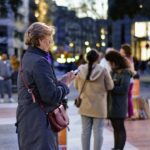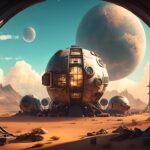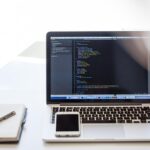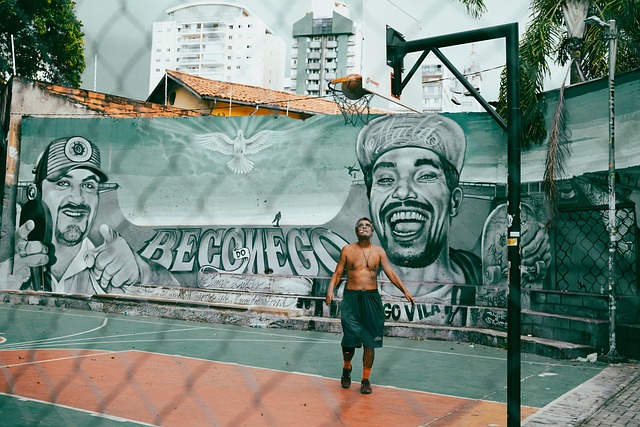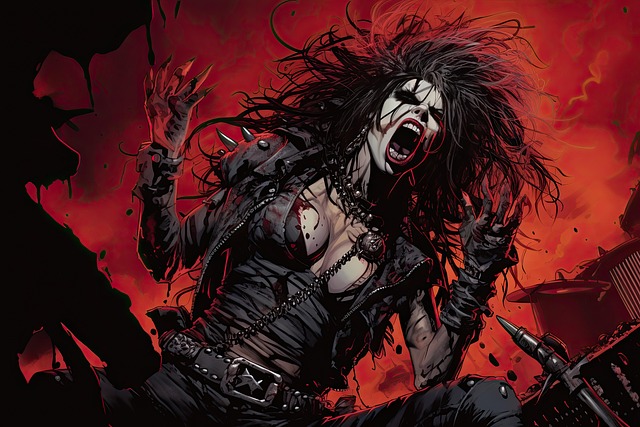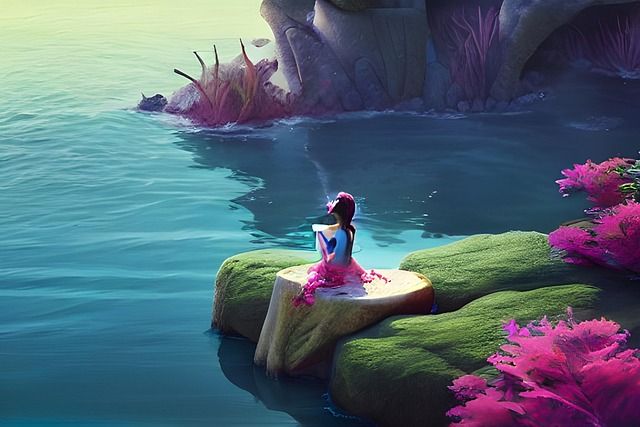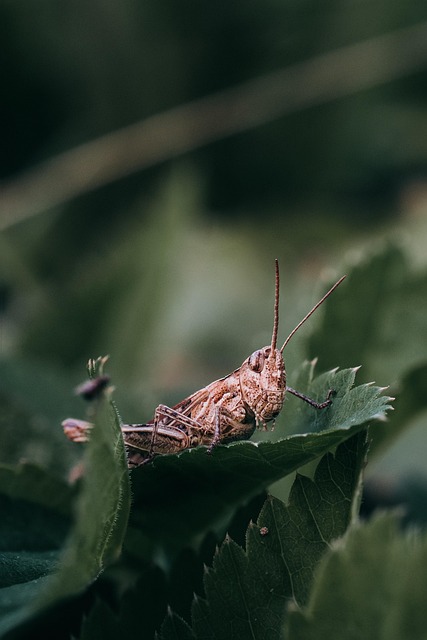# The Intersection of Technology and Art: How AI is Redefining the Creative Landscape
The convergence of technology and art has been a topic of discussion for centuries, but the advent of artificial intelligence (AI) has brought about a seismic shift in this relationship. As AI continues to evolve, it is not only enhancing the creative process but also challenging traditional notions of authorship, originality, and the role of the artist. This article explores how AI is transforming the creative landscape by examining its impact on artistic expression, the democratization of art, and the ethical considerations that arise from this technological revolution.
## AI as a Creative Partner
Artificial intelligence is increasingly being recognized as a collaborator in the creative process rather than merely a tool. The capabilities of AI-driven algorithms have expanded significantly, allowing them to generate music, visual art, and even literature. For instance, programs like OpenAI’s DALL-E and Google’s DeepDream leverage neural networks to create stunning visual compositions based on textual prompts. This marks a departure from traditional artistic practices, where the artist’s hand and intention are paramount. Instead, AI can analyze vast datasets, recognize patterns, and produce works that might not have been conceived by human minds alone.
Moreover, artists are beginning to embrace AI as a means of experimentation. By using AI algorithms to generate ideas or even entire pieces, creators can push the boundaries of their own imagination. This partnership allows for a unique interplay between human intuition and machine learning, resulting in works that may challenge viewers’ perceptions of creativity. The dynamic nature of this collaboration is redefining the creative process, where the artist becomes a curator of AI-generated content, selecting and refining outputs to create a cohesive artistic statement.
## Democratization of Artistic Expression
One of the most significant impacts of AI on the creative landscape is its role in democratizing art. Historically, access to artistic tools and education has been limited to those with resources or formal training. However, AI technologies are breaking down these barriers, enabling a broader range of individuals to engage in creative practices. With user-friendly applications and platforms, anyone with a computer or smartphone can experiment with AI-generated art, music, or writing.
As a result, the definition of who can be considered an artist is expanding. Non-traditional creators, such as hobbyists and individuals from diverse backgrounds, are now able to express themselves through art without the constraints of formal education. This shift is fostering a more inclusive creative community, where diverse voices and perspectives can flourish. Furthermore, platforms that utilize AI for artistic creation often allow for collaborative projects, encouraging interaction among creators from different disciplines and backgrounds.
Additionally, the accessibility of AI tools has implications for the commercial art world. Emerging artists can use AI to create portfolios that stand out in a crowded market, while established artists can experiment with new styles and techniques. This disruption is leading to a re-evaluation of the traditional art market, where originality and uniqueness have long been valued. As AI-generated art gains traction, questions surrounding the value of art and the role of the artist in its creation are becoming increasingly relevant.
## Ethical Considerations and the Future of AI in Art
While the integration of AI into the creative realm presents exciting opportunities, it also raises important ethical questions. One major concern revolves around authorship and ownership. When an AI generates a piece of art, who holds the rights to that work? Is it the programmer who created the algorithm, the user who provided the input, or the AI itself? These questions challenge the very foundations of copyright law and intellectual property, prompting legal systems to adapt to this new reality.
Another ethical consideration involves the potential for bias in AI-generated content. Algorithms are often trained on existing datasets that may reflect societal biases, leading to the perpetuation of stereotypes in the art produced. This raises concerns about the responsibility of artists and technologists to ensure that AI is used ethically and inclusively. As creators increasingly rely on AI, they must remain vigilant about the implications of their choices and the narratives they promote.
Looking ahead, the future of AI in art is likely to be characterized by continued experimentation and innovation. As technology advances, we can expect even more sophisticated AI systems capable of producing increasingly complex and nuanced works. This evolution will undoubtedly influence artistic trends and practices, leading to new genres and styles that blur the lines between human and machine creativity.
In conclusion, the intersection of technology and art is a dynamic and evolving landscape, with AI playing a pivotal role in redefining creativity. As artists embrace AI as a partner in their work, they are not only expanding the possibilities of artistic expression but also fostering a more inclusive and diverse creative community. However, the ethical considerations surrounding authorship, ownership, and bias must be addressed as we navigate this new terrain. Ultimately, the future of art in the age of AI holds immense potential for innovation, collaboration, and the reimagining of what it means to create.

